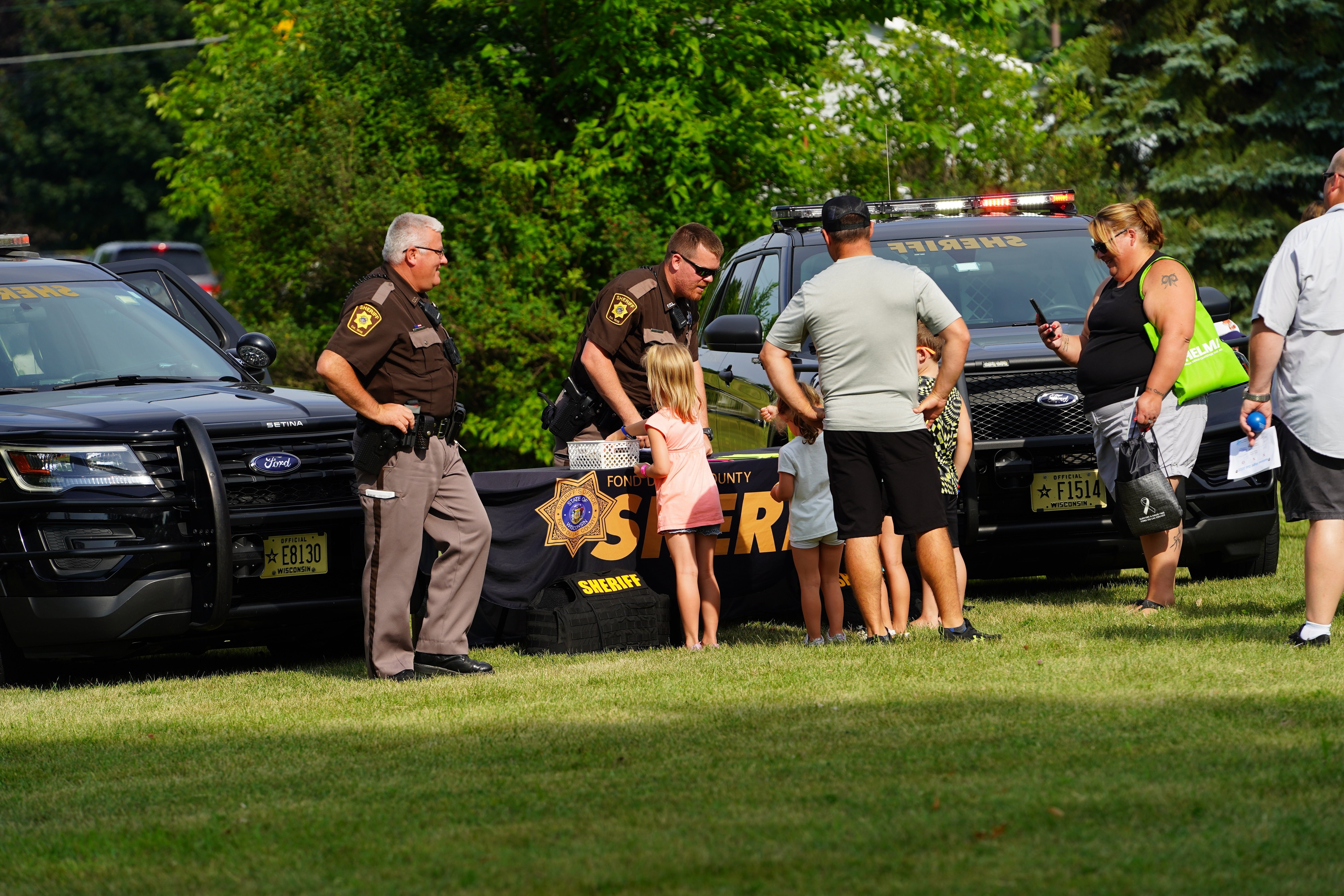Leveraging Community Feedback to Shape Public Safety Strategies
.png)
Zencity
The Platform for Community Trust
- Identifies Real-Time Issues: Community feedback helps local governments identify safety concerns as they emerge. While crime data provides a historical perspective, residents' feedback offers real-time insights into evolving issues such as suspicious activity, public disorder, or areas with a heightened sense of insecurity.
- Builds Trust and Transparency: Engaging with residents in discussions about public safety fosters trust. When community members see that their voices are heard and their feedback is used in decision-making, it enhances transparency. It strengthens the relationship between the public and law enforcement agencies.
- Addresses Perception Gaps: Sometimes, there is a disconnect between what public safety officials prioritize and what residents feel is important. Gathering community feedback helps bridge this gap by highlighting areas that might be overlooked, such as the need for a more visible police presence or concerns about traffic safety.
- Enhances Policy Effectiveness: Feedback from residents can provide practical insights into which strategies are working and which are not. This continuous loop of feedback allows for timely adjustments to public safety policies, making them more relevant and effective.
Strategies for Incorporating Community Feedback into Public Safety Planning
1. Conduct Regular Community Surveys
Surveys are powerful tools for gathering direct input from residents. Local governments can collect quantitative data that highlights public sentiment by asking questions about specific safety concerns, satisfaction with law enforcement, and areas for improvement.
- Best Practices: Use surveys to ask targeted questions about community safety concerns, perception of police presence, and trust in local law enforcement. Ensure surveys are accessible in multiple languages and formats to reach diverse community groups.
- Implementation Tip: Use digital platforms, mailers, and community events to distribute surveys widely. Analyzing survey data can help prioritize safety initiatives that align with residents' needs.
2. Host Community Meetings and Listening Sessions
Face-to-face interactions, such as town hall meetings or listening sessions, provide a platform for residents to express their concerns and for officials to respond in real-time. These events foster open dialogue and can be crucial for addressing sensitive issues.
- Best Practices: Facilitate structured discussions that allow residents to voice their concerns without fear of judgment. Provide clear agendas and ensure officials are prepared to listen actively.
- Implementation Tip: Regularly schedule community meetings in various neighborhoods to ensure inclusivity. Partner with local organizations to reach underrepresented groups.
3. Use Social Media for Engagement and Feedback
Social media platforms are increasingly popular channels for collecting community feedback. Residents often share their thoughts and concerns online, making social media an invaluable resource for understanding public sentiment.
- Best Practices: Monitor social media channels for discussions related to public safety. Use polls, Q&A sessions, and comment threads to engage directly with the community.
- Implementation Tip: Establish clear protocols for responding to feedback on social media to maintain a respectful and constructive dialogue. Highlight how community input is being used in safety strategies to encourage ongoing engagement.
4. Implement Community Advisory Boards
Community advisory boards bring residents, local leaders, and law enforcement representatives together to discuss public safety issues. These boards provide a formal structure for continuous feedback and collaborative problem-solving.
- Best Practices: Ensure that advisory boards are diverse and representative of the community. Rotate board membership regularly to include fresh perspectives and maintain community engagement.
- Implementation Tip: Use the board's feedback to shape strategic decisions, set priorities, and review the effectiveness of public safety initiatives. Share outcomes with the broader community to demonstrate the impact of their involvement.
5. Leverage Digital Tools for Real-Time Feedback
Digital tools, such as public safety apps, online portals, or feedback widgets on municipal websites, allow residents to report issues and provide feedback in real-time. These tools make it easy for residents to share their concerns from their phones or computers, enhancing the flow of communication.
- Best Practices: Incorporate features like anonymous reporting, map-based problem identification, and user-friendly interfaces to encourage participation.
- Implementation Tip: Analyze the data collected through these tools regularly to identify trends and adjust public safety strategies accordingly. Communicate back to the public about actions taken in response to their feedback.
Benefits of Using Community Feedback in Public Safety Strategies
- Informed Decision-Making: By integrating community feedback, local governments can make more informed decisions that reflect the needs and priorities of residents.
- Improved Community Relations: Consistent engagement with the community helps build mutual respect and understanding, leading to stronger community relations and increased cooperation.
- Increased Accountability: Using feedback loops where residents can see how their input has shaped policy helps improve accountability and fosters a sense of shared responsibility for public safety.
- Adaptive Strategies: Public safety challenges are dynamic. Regular feedback allows local governments to adapt strategies quickly in response to new information, ensuring that policies remain effective and relevant.
Conclusion
Leveraging community feedback to shape public safety strategies is not just a best practice—it's a critical component of responsive and effective governance. By actively engaging with residents through surveys, meetings, social media, advisory boards, and digital tools, local governments can develop safety strategies that are more attuned to their communities' needs. This collaborative approach enhances public trust, ensures policies are aligned with resident concerns, and ultimately leads to safer, more connected communities.%20copy-1.png?width=544&height=120&name=Logo_black%20(1)%20copy-1.png)




